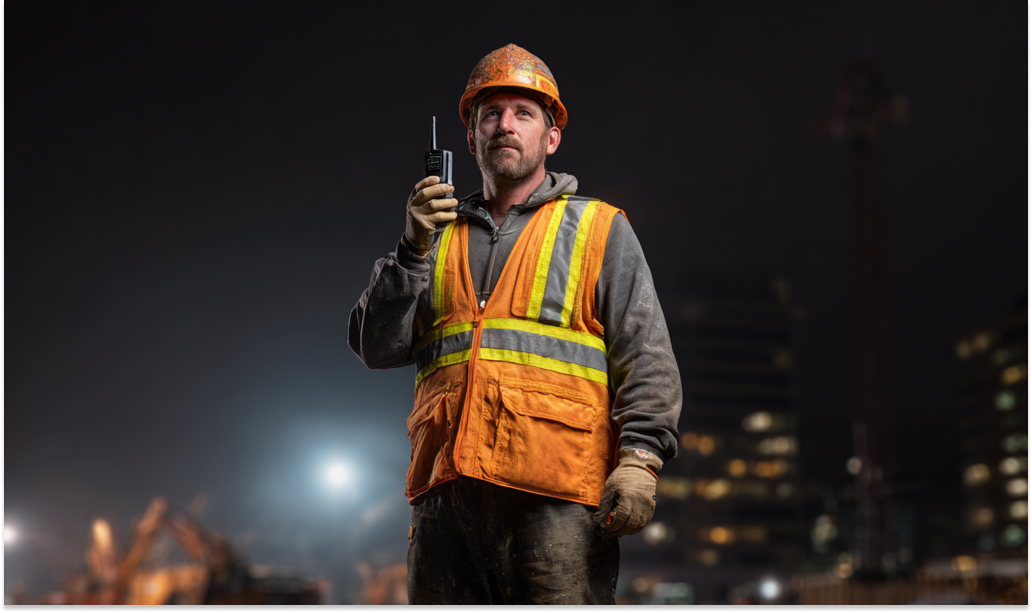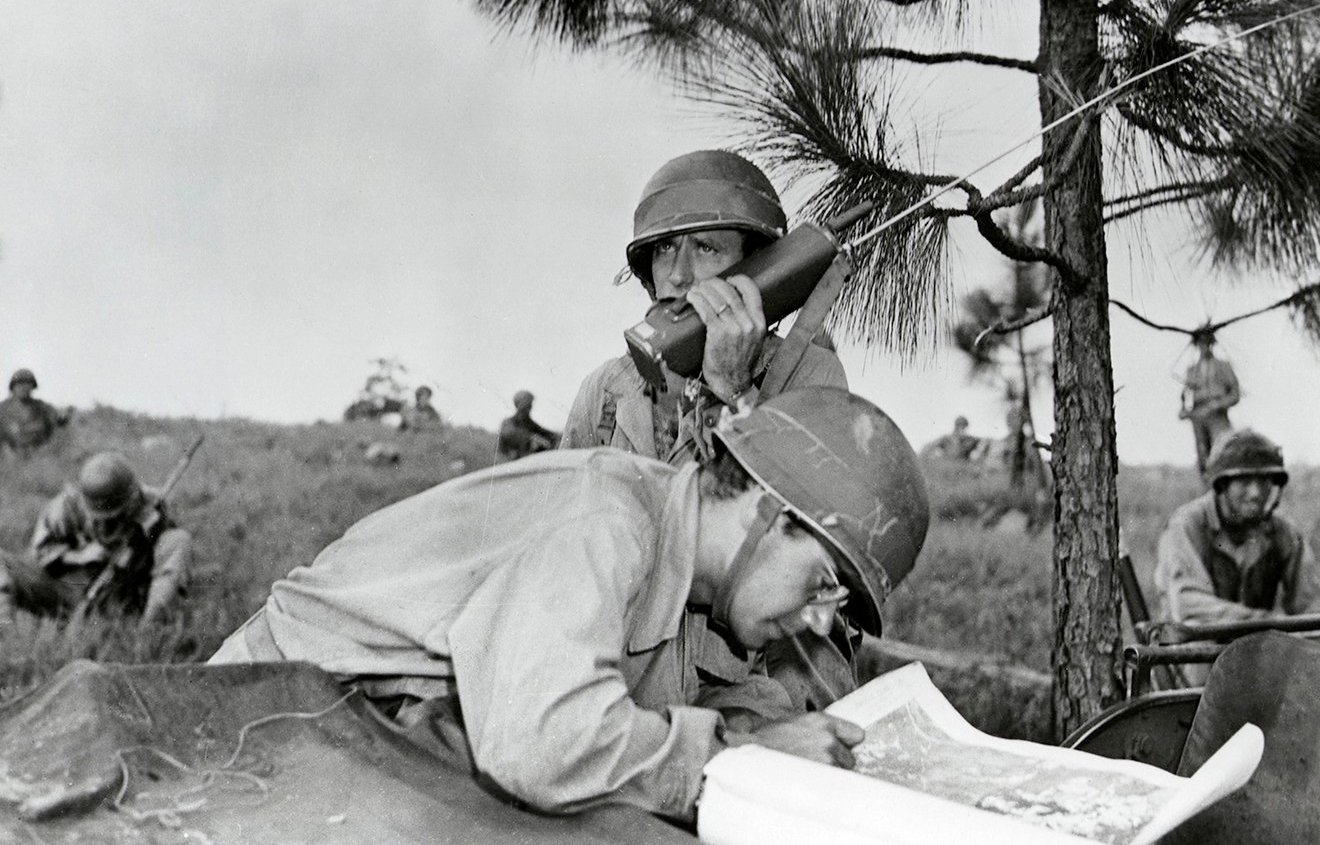
What is LMR? The Ultimate Guide to Land Mobile Radio Systems in 2025
Introduction: What Does LMR Stand For?
LMR, or Land Mobile Radio, is a wireless communication system primarily used by emergency services, public safety agencies, businesses, and government organizations to stay connected in mission- or operations-critical scenarios.
Unlike cellular communication, LMR offers instant push-to-talk (PTT) functionality, high reliability, strong encryption, and the ability to operate in remote or disaster-affected areas with minimal infrastructure.
Quick Definition: LMR is a radio communication system designed for fast, secure, and dependable two-way communication between mobile or portable radios.
Unlike cellular communication, LMR offers instant push-to-talk (PTT) functionality, high reliability, strong encryption, and the ability to operate in remote or disaster-affected areas with minimal infrastructure.
Quick Definition: LMR is a radio communication system designed for fast, secure, and dependable two-way communication between mobile or portable radios.
Why LMR Still Matters in the Age of Smartphones
Despite the rise of 5G, smartphones, and satellite messaging, LMR remains the gold standard for critical communications. Here’s why:
-
Unmatched Reliability: Works in disasters, dead zones, and off-grid areas
-
Instant Push-to-Talk: No dialing, no waiting—communication is real-time
-
Secure Channels: Encrypted networks ensure conversations remain confidential
-
Purpose-Built Devices: Designed for extreme conditions and user needs
-
Interoperability: Seamless connection between departments, even across jurisdictions
A Brief History of Land Mobile Radio
LMR systems have a legacy that spans over a century, with continuous innovation:
- 1886 – Radio waves discovered by Heinrich Hertz
- 1920s – Radio becomes mainstream; first public broadcasts
- 1933 – Bayonne, NJ Police Department launches the first LMR system
- 1940s – WWII spurs development of the military “walkie-talkie”
- 1960s–2000s – Emergence of analog and digital trunked radio systems
- Today – Digital LMR (such as P25 and DMR) offers voice + data with enhanced encryption and location tracking

How LMR Works
At its core, an LMR system includes:
Two-Way Radios (Mobile or Portable)
The handheld or vehicle-mounted units
Base Stations / Repeaters
Fixed systems that extend communication range
Antenna Infrastructure
Critical for large area coverage
Control Systems
Manage channel allocation, encryption, and user management
LMR networks can be conventional (simple, direct communication) or trunked (automated, multi-channel systems).
Types of LMR Systems
Analog LMR
- Basic voice communication
- Simple, reliable, and cost-effective
- Limited features and security
Digital LMR
- Enhanced audio clarity and signal strength
- Supports voice, data, and location tracking
- Better encryption and interoperability
- Examples: P25 (Project 25), DMR (Digital Mobile Radio), TETRA

Key Use Cases for LMR in 2025
Public Safety & First Responders
- Police, Fire, EM
- P25 radios provide encrypted, real-time team coordination
Construction & Utilities
- Manage field teams and crews with rugged, noise-canceling radios
- MOTOTRBO and DMR systems are ideal
Oil, Gas & Mining
- Hazardous environments demand intrinsically safe LMR devices
Enterprise & Manufacturing
- Improve plant safety, inventory movement, and employee communication
Government & Defense
- Secure, scalable LMR networks support mission-critical operations and emergency preparedness
| Feature | LMR | LTE/Cellular | PoC Services |
|---|---|---|---|
| Coverage | Local/Regional (can be expanded) | National/Global (carrier dependent) | Global (network dependent) |
| Latency | Ultra-low (instant PTT | Higher latency | Variable |
| Reliability | High, especially in disasters | Lower in congested zones | Dependent on internet |
| Security | High (especially P25) | Moderate | Moderate |
| Offline Capability | Yes | No | No |
Conclusion: LMR remains essential where speed, clarity, and resilience are non-negotiable.
Future of LMR: Is It Still Relevant in 2030?
Absolutely. LMR is evolving, not disappearing.
-
Integration with broadband (LMR + LTE hybrids)
-
AI-driven dispatch systems
-
Cloud-managed radio fleets
-
Augmented with IoT and sensor data (e.g., fire alert systems, GPS tracking)
Modern systems blend the ruggedness of LMR with the intelligence of broadband platforms.
FAQs About LMR
Is LMR being phased out?
No. LMR is being enhanced with digital technologies and continues to serve as the backbone of mission-critical communication.
How far can LMR radios communicate?
Depending on the system design, from a few miles (simple setup) to hundreds of miles (with repeaters or trunking).
What’s the difference between P25 and DMR?
P25 is built for public safety in North America; DMR is a global standard widely used in commercial sectors.
LMR remains the most secure, reliable, and efficient communication method for public safety, government, and enterprise organizations. It has evolved with time, and in 2025, it’s more advanced and integrated than ever before.
Don’t settle for outdated systems. Choose a partner who understands the future of Land Mobile Radio.
